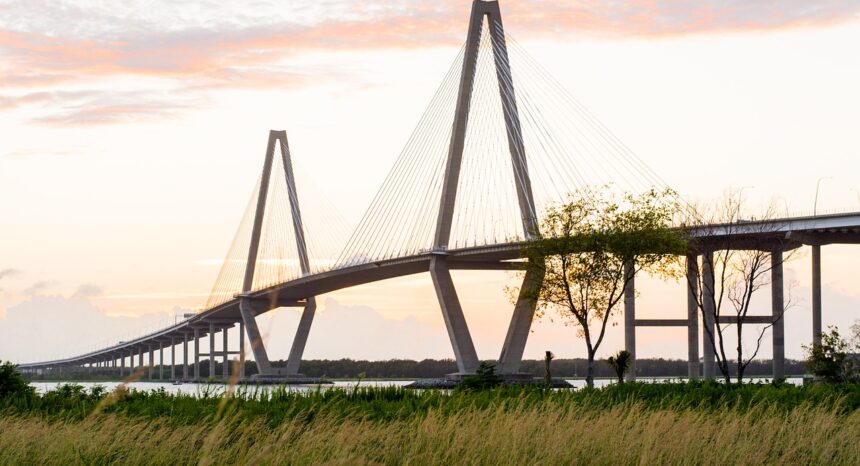During business downturns, governments often use investments in infrastructure to stimulate the economy, and the 2008-2009 recession in the United States was no exception: The $840 billion stimulus package enacted by Congress contained $105 billion for infrastructure, including work on highways, bridges and railroads, as well as wireless networks, power transmission lines and water projects. Such programs aren’t without their critics, however — one politician’s job-creating project is another’s “pork,” after all.
A 2012 paper from the Federal Reserve Bank of San Francisco for the National Bureau of Economic Research, “Roads to Prosperity or Bridges to Nowhere? Theory and Evidence on the Impact of Public Infrastructure Investment,” uses data on state-level highway projects from 1993 to 2010 to better understand the impact of federal infrastructure grants.
The paper’s findings include:
- Federal funding for infrastructure projects had positive effects on local GDP both immediately and after six to eight years. Local economies immediately benefited at three times the amount of the funding (known as the multiplier effect) as the monies spent moved through communities. An even larger multiplier occurred six to eight years after the initial investment.
- The initial GDP boost occurs only for spending during recessions, not when the economy is expanding. However, the long-term effects occurred after spending during both recessions and expansions.
- While the effect was positive, it wasn’t permanent: 10 years after the initial investment, local economies tended to return to their previous level of activity.
- GDP increases happened because federal spending temporarily boosted private-sector productivity and local demand across the economy.
Overall, the authors conclude that federal grants had a strong effect on state infrastructure projects and, subsequently, local economic activity.
Tags: infrastructure, economy, mass transit


Expert Commentary